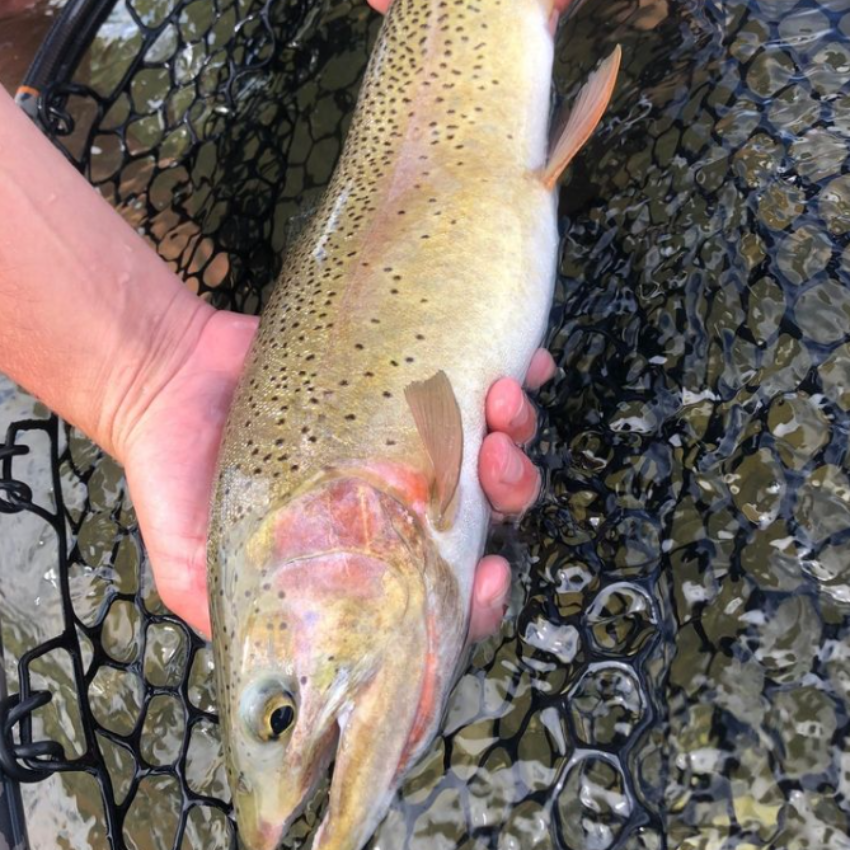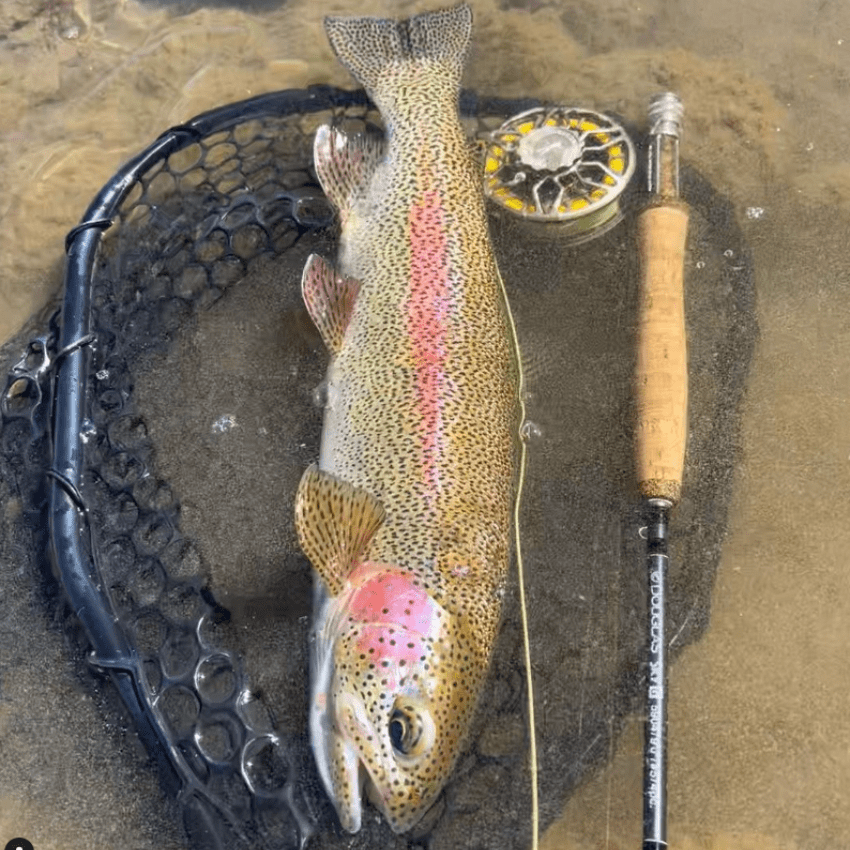Montana is renowned for its diverse and breathtaking natural landscapes and waters teeming with many fish species. One such remarkable fish is the rainbow trout (Oncorhynchus mykiss), a prized catch for anglers and a fascinating species to study. This article will delve into the depths of rainbow trout information specific to Montana. We will explore its native status, spawning patterns, typical size, and preferred habitats in lakes and rivers.
Rainbow trout are not native to Montana but have been successfully introduced and thrive in its waters. The Montana Fish, Wildlife & Parks (FWP) department was crucial in stocking rainbow trout to ensure ample fishing opportunities for residents and visitors.

Rainbow trout typically spawn during the spring months, between March and June, depending on the specific location and water temperature. The female trout dig a spawning bed, known as a redd, in the gravel beds of rivers or lake shallows. After the female lays her eggs, the male trout fertilizes them, and the eggs are left to develop and hatch.
Rainbow trout can vary in size depending on their age and habitat conditions. In Montana, anglers can expect to catch rainbow trout ranging from 10 to 20 inches long, weighing between 0.5 to 2 pounds. However, some exceptional specimens can grow to much more significant sizes, reaching heights over 30 inches and weighing up to 10 pounds.
Rainbow trout can be found in both lakes and rivers throughout Montana. They thrive in cold, clear waters with ample oxygen and prefer covered areas, such as submerged logs or undercut banks. Famous rivers for rainbow trout fishing in Montana include the Madison, Yellowstone, and Bighorn Rivers. Similarly, lakes like Flathead Lake, Hebgen Lake, and Georgetown Lake offer excellent opportunities for anglers.
Montana’s rainbow trout possess distinct characteristics that set them apart. The fish display vibrant colors, often showcasing a pinkish stripe along their sides and a metallic greenish-blue back. Their dynamic hues and impressive fighting spirit make them a favorite among fly fishermen.
Rainbow trout, as an introduced species, can have both positive and negative impacts on Montana’s ecosystem. They contribute to the diversity of fish species in the state’s waters, providing recreational opportunities and economic benefits for local communities. However, their presence can also lead to competition with native fish species and potential ecological imbalances. Managing rainbow trout populations carefully is essential to minimize any adverse effects on the ecosystem.
Montana has implemented regulations and conservation efforts to ensure the sustainability of rainbow trout populations. These include catch limits, size restrictions, and designated catch-and-release areas. Anglers must adhere to these guidelines to preserve the species and their habitats for future generations.
Montana’s rainbow trout are a prized gem among anglers and integral to the state’s rich natural heritage. Whether you are an experienced angler or a novice, the thrill of hooking a vibrant rainbow trout in Montana’s lakes and rivers is an experience like no other. By embracing responsible fishing practices and appreciating the beauty of these remarkable fish, we can ensure the preservation of Montana’s rainbow trout populations for generations to come.
